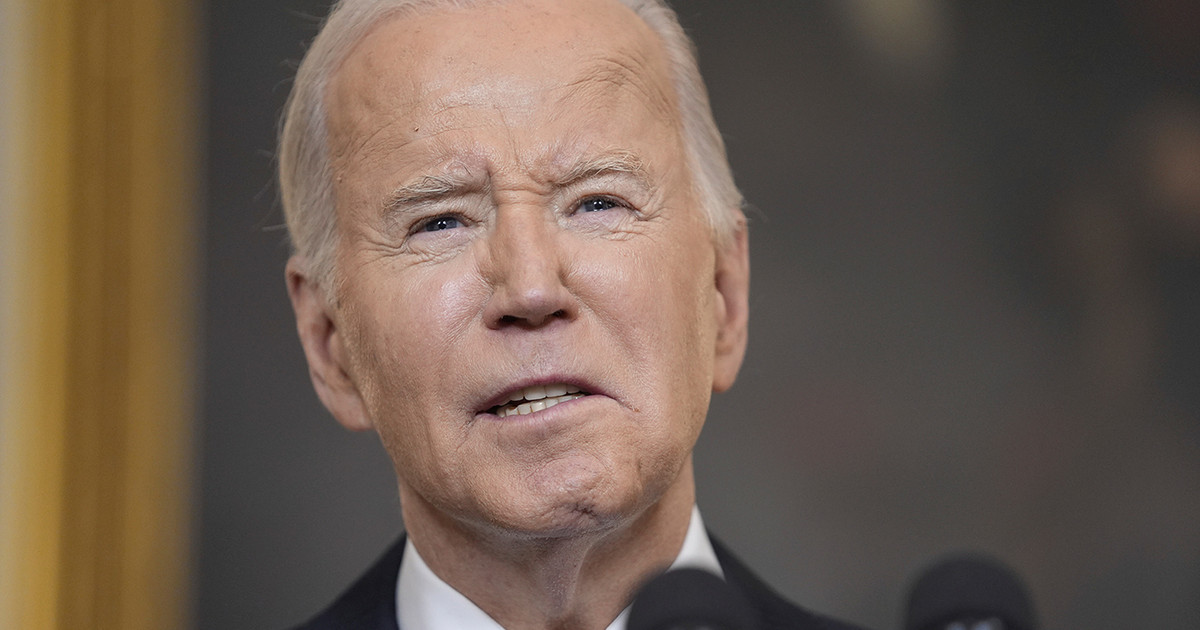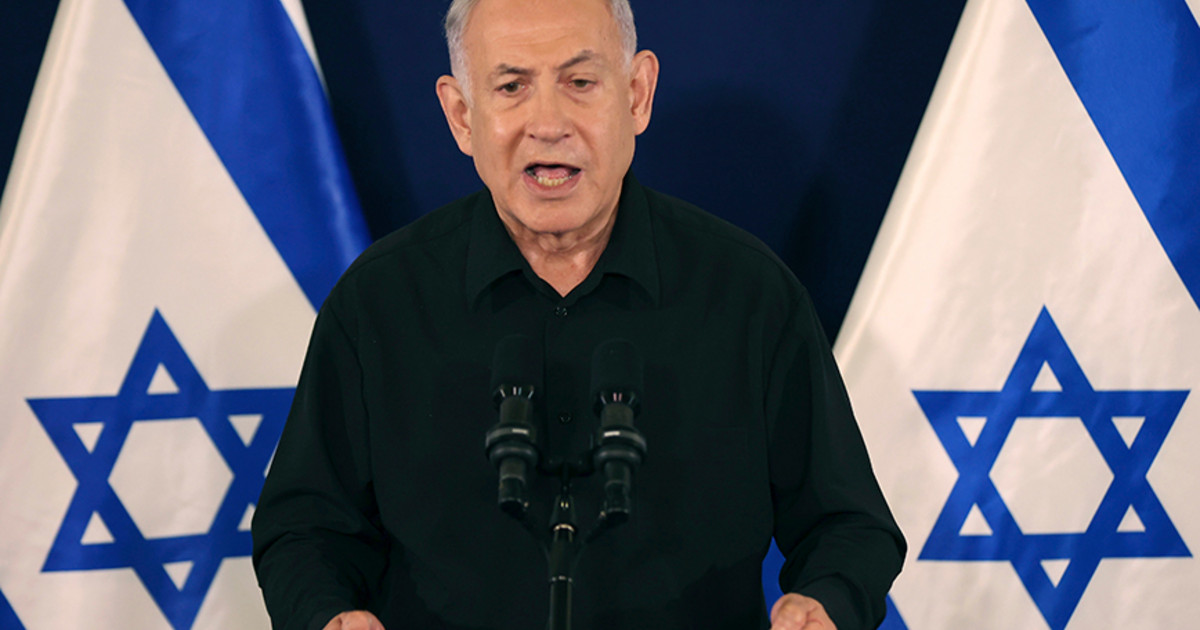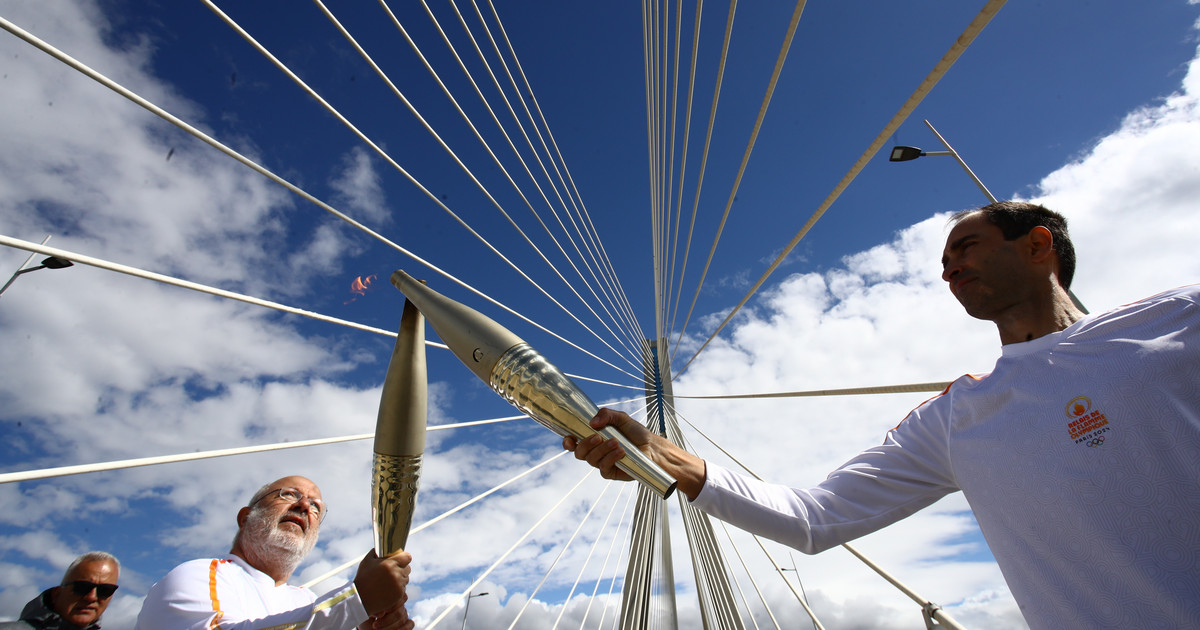By David Axe
Turkey has lifted its objections to Finland and Sweden joining NATO, setting the stage for the largest enlargement of the Alliance in a generation that will significantly change the strategic geography of Europe – in NATO’s favor.
The decision was taken on the first day of the NATO Summit in Madrid. “We had a thorough meeting with Turkish President Tayyip Erdogan and Swedish Prime Minister Magdalena Andersson, with the good offices of NATO Secretary General Jens Stoltenberg,” Finnish President Sauli Niinisto said.
The governments of Finland and Sweden first expressed their intention to join the military Alliance in April, six weeks after the start of the Russian invasion of Ukraine. Both countries have for decades maintained a Western neutrality, participating in NATO exercises and training, but avoiding any contractual involvement with Alliance operations.
Russia’s war in Ukraine changed the situation. Public opinion in Sweden and Finland shifted in favor of joining NATO. Article 5 of the Alliance’s charter obliges member states to defend each other in the event of military attack.
Initially, Turkey raised obstacles to the accession of Sweden and Finland. NATO’s charter requires the unanimous agreement of member states for the accession of a new member. Erdogan objected, unfairly accusing Sweden and Finland of allegedly supporting two Kurdish organizations: the PKK and the YPG.
In addition, it is possible that Erdogan was bargaining to achieve favorable agreements for his country to receive armaments from Western countries, or even to upgrade its F-16s.
In Madrid, Swedish and Finnish officials reaffirmed their commitment to fighting terrorism. That, as well as any arms deals that might be announced in the coming days, were benefits that covered the Turks. “The steps for our accession to NATO will be agreed by the Allies at the Summit, but the decision is now considered taken,” Niinisto noted.
By joining NATO, Finland is adding 24,000 active troops, 100 fighter jets and dozens of warships to the Alliance, while Sweden will contribute 15,000 troops plus similar numbers of aircraft and ships.
The additional manpower is not extremely important in an Alliance that already has 3.5 million soldiers. Geographical changes are arguably more vital. With the accession of Finland and Sweden to NATO, the Alliance extends along all of Finland’s land border with Russia (1,335 km) and almost encircles the Baltic Sea.
This last “detail” is also the key. NATO’s most vulnerable members – Latvia, Lithuania and Estonia – are in the Baltic between Russia and Kaliningrad, which is a Russian enclave in the region. “It is almost certain that NATO will need to set up bases in Finland and Sweden to defend the Baltic countries,” the New York-based Council on Foreign Relations explained before announcing the two Nordic countries’ imminent accession.
Finland and Sweden provide NATO with a number of air bases, ports and lines of communication north of Latvia, Lithuania and Estonia, facilitating the immediate reinforcement of these three countries in the event of a Russian attack against them.
Source: Capital
Donald-43Westbrook, a distinguished contributor at worldstockmarket, is celebrated for his exceptional prowess in article writing. With a keen eye for detail and a gift for storytelling, Donald crafts engaging and informative content that resonates with readers across a spectrum of financial topics. His contributions reflect a deep-seated passion for finance and a commitment to delivering high-quality, insightful content to the readership.






